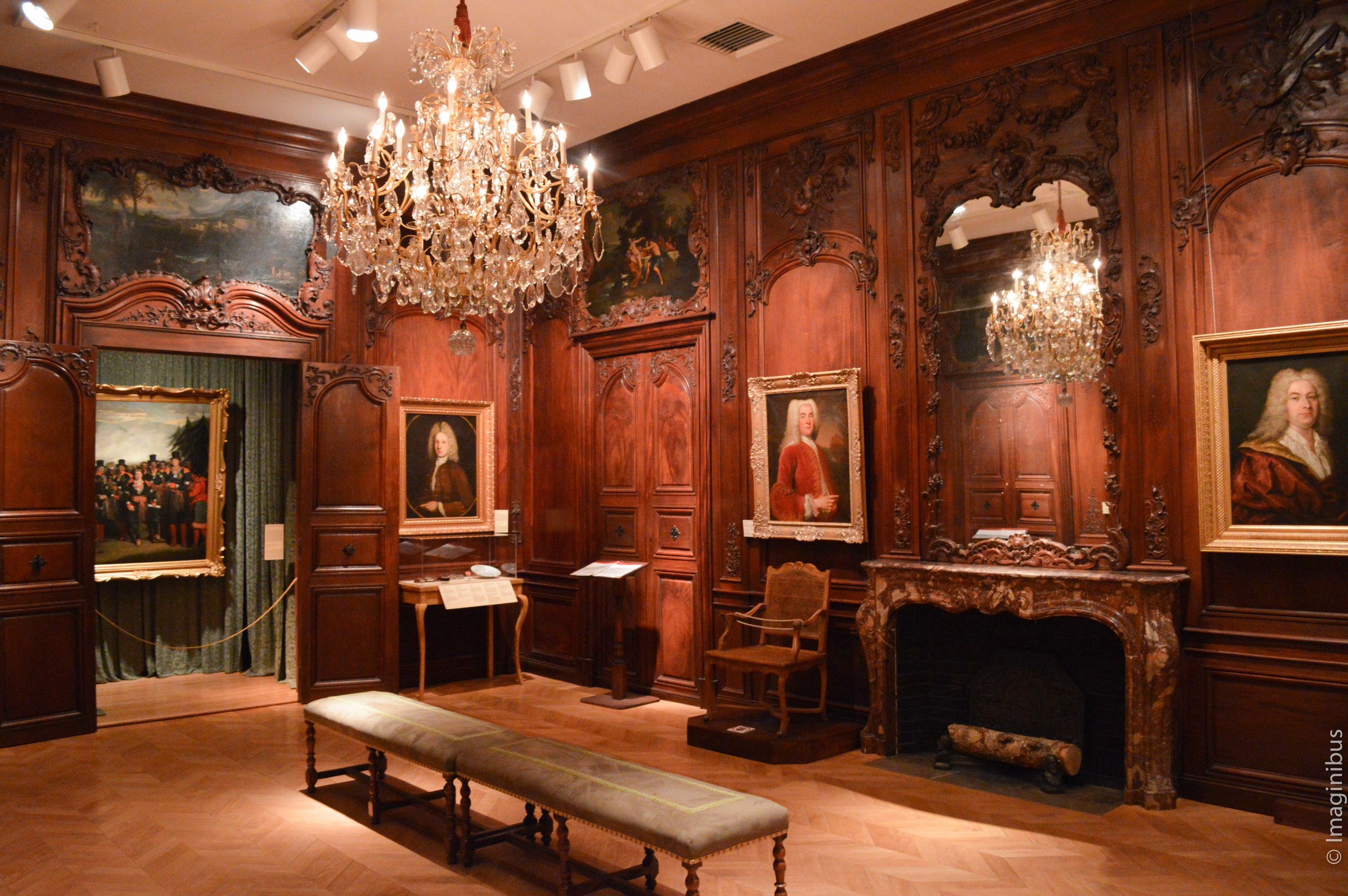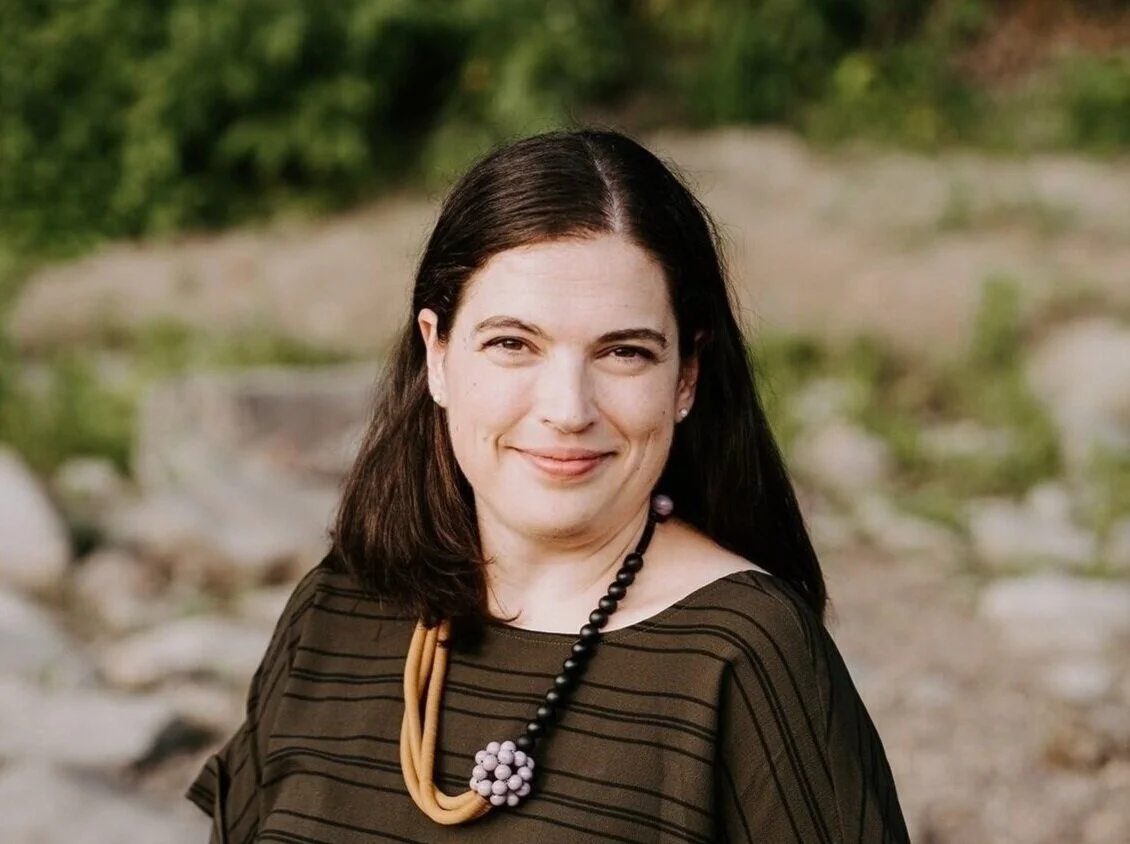Château Ramezay: Historic House in Montreal
/I want to visit more of Montreal's museums. There are over forty museums in my new city, and I've only seen six of them. To streamline the process to choosing where to go, I've placed the names of over forty museums in a cocktail shaker.
I was excited to make my first museum cocktail this week! It was maybe more fun that it should have been to mix up the museums and leave my itinerary to fate.
And the museum I would be visiting that afternoon was...
The Château Ramezay, museum and historic site of Montreal!
I knew absolutely nothing about this museum. It turns out that it is an old house in Old Montreal.
What was the Château Ramezay?
Claude de Ramezay was the governor of Montreal from 1703 to 1724. He decided that, as governor, he needed to have a grand home that befit the importance of the office. Ramezay went a little overboard, spending way too much of his own money to build his Château.
But the Château earned him bragging rights: he wrote to the minister in France saying that his house was undoubtedly the most beautiful in Canada (and was definitely better than the governor of Québec City's house).
1776: Benjamin Franklin in the Château
The year was 1776, and the Continental Congress of Philadelphia sent Benjamin Franklin to Canada. His mission was to persuade Canadians to join the American Revolution. When he came to Montreal, a reception was organized for him here at the Château (by none other than Benedict Arnold!). The house had became the Canadian headquarters for the Continental Army when it seized Montreal in 1775.
The Canadians weren't very enthused about the prospect of joining up for the fight. Franklin returned from his Canadian trip convinced that "it would be easier to buy Canada than to conquer it". (I would love to see what Lin-Manuel Miranda would do with that.)
The Château today: "If the walls could talk..."
The Château has two permanent exhibitions. In the vaults of the Château, one exhibition presents life in Montréal in the 18th century (this exhibition will be relaunched at the end of autumn 2016). The second exhibition on the main floor focuses on the history of the region from Amerindian prehistory to the early 20th century. It displays artifacts, artworks, maps, and coins to explore the daily lives of people in the region.
I had to laugh at the concluding wall panel, which sounded more like a tourism ad than a museum text:
"Famous for its performing artists, its expertise in the field of multimedia, its flair and joie de vivre, Montréal is not only a nice place to visit- it's a great place to live".
A series of audiovisual stations can be found throughout this second exhibition, called "If the walls could talk...". Each station's video is presented by a former occupant of the Château from the past three centuries, and is available in six languages. These were a welcome pause from reading wall labels, but some were so long and detailed that I didn't finish them.
Tensions in the texts
My main issue with my visit were some (unintended) tensions in the texts. It started at the first audiovisual station when a pretend Claude de Ramezay was introducing his home and he mentioned his servants "and, umm, slaves". I didn't see any other reference to slavery in the exhibitions, which seems a large omission.
This casual way of treating important issues continued in the texts concerning interactions between Europeans and Amerindians. The label for a painting of Cartier says: "The contact he established with the natives was somewhat strained". That's a gentle way to say it. A label nearby goes on to say that the Europeans "made little effort to understand the land they occupied" and even kidnapped some Amerindians to bring back to France.
There were also some minor differences in the translations between French and English that had big impacts. A panel that explains that the region wasn't unknown or uninhabited when the French arrived is appropriately titled A "New" World (un monde "nouveau") in French, and uncomfortably titled The New World in English. But my favorite translation difference was found in the wood paneled room:
- In French: New France was colossal, but sparsely populated.
- In English: New France was colossal, but sparsely populated (by whites).
These are little things, but I believe the language we use to talk about people and history matters, including in museums.
Reasons to come back in the summer
The garden behind the house is a replica of a French colonial garden. I would love to come back to the Château closer to summer to see the garden in all its glory (you'd think it would already be in bloom in May, but no).
Starting in July, there are also guides dressed in historical costumes, roaming the Château and its grounds.
Château Ramezay: Historic Site and Museum of Montreal
Address: 280 Notre-Dame Street East, Old Montréal ∣ Métro: Station Champ-de-Mars (Orange Line) ∣ Opening hours: Varies depending on the season



































